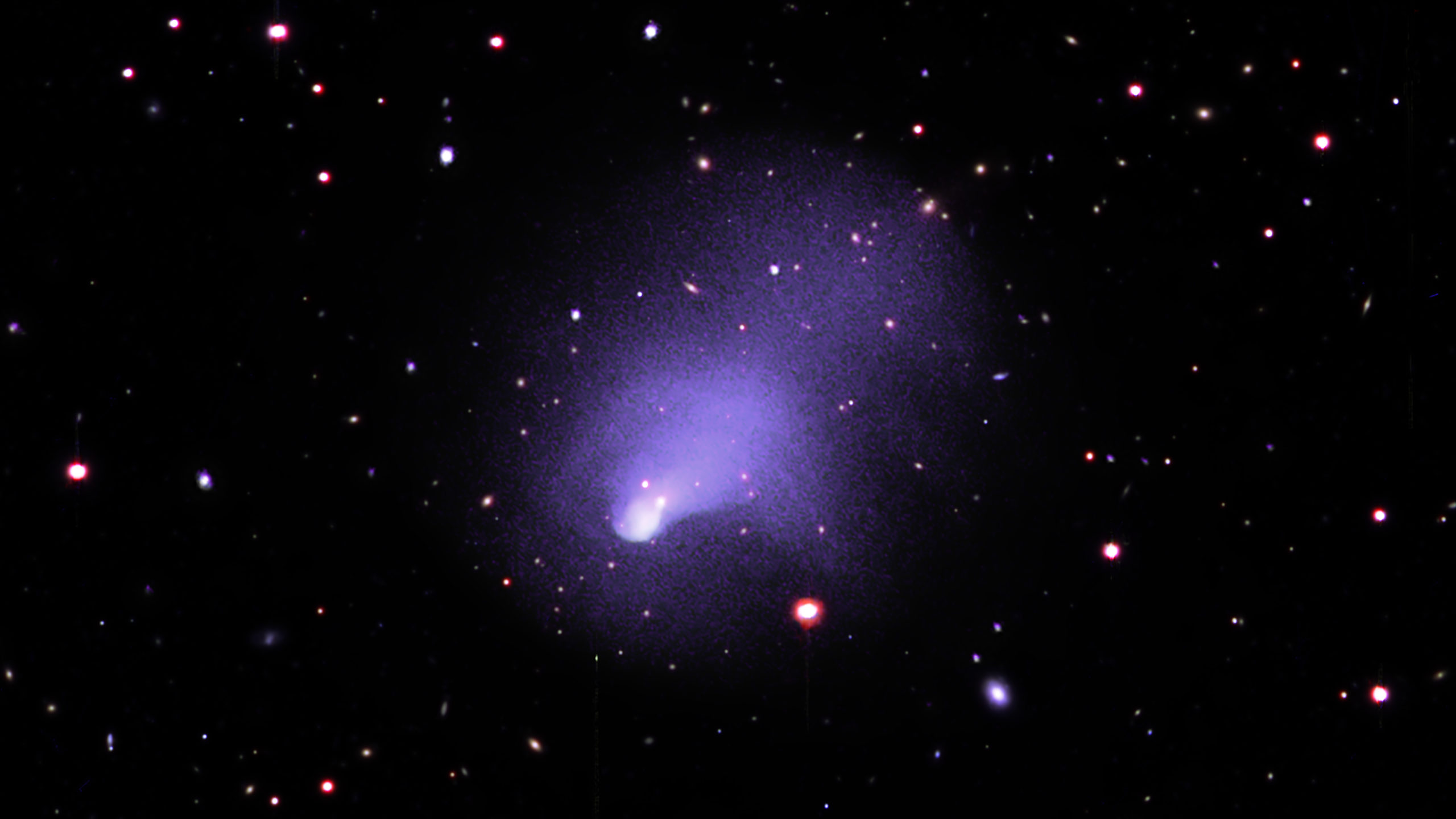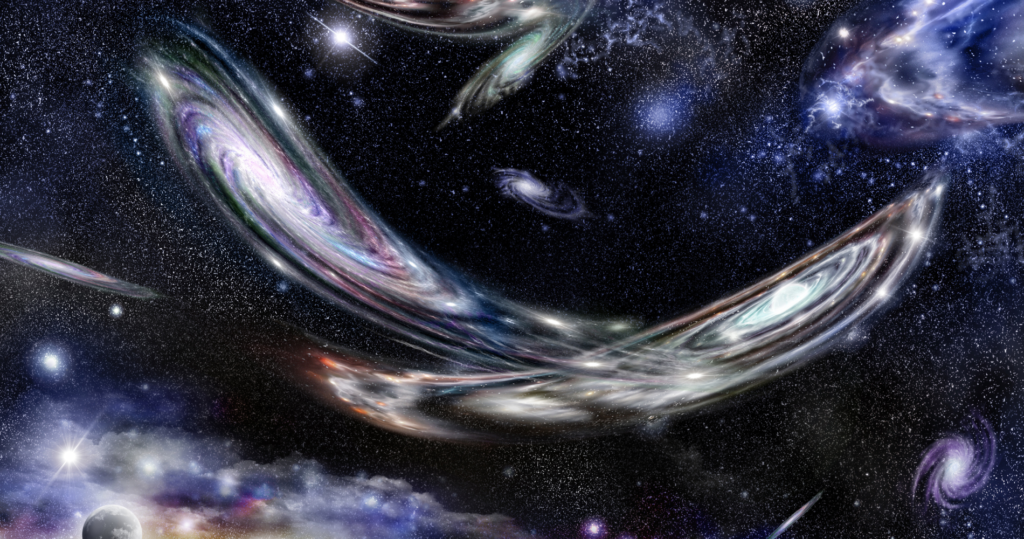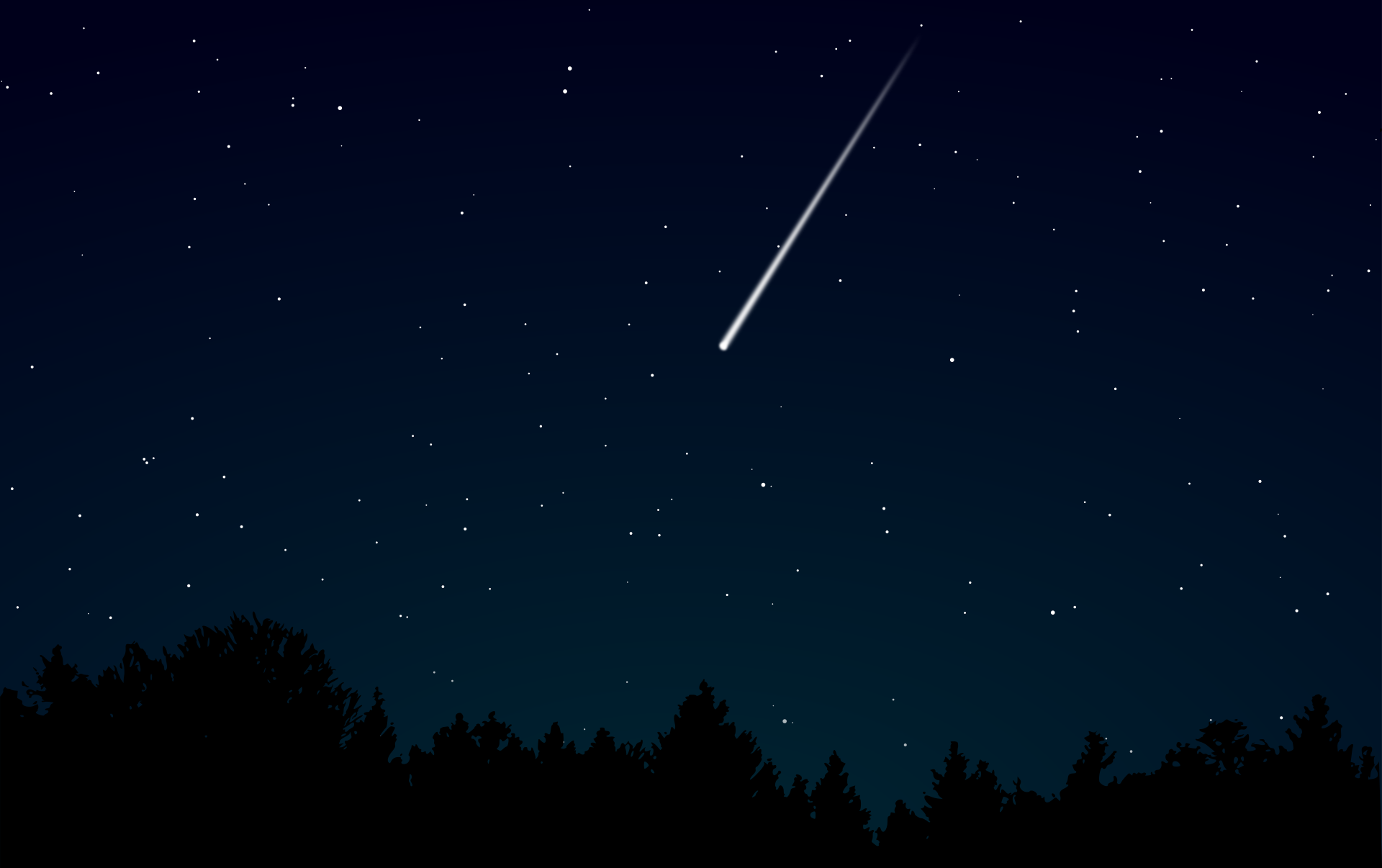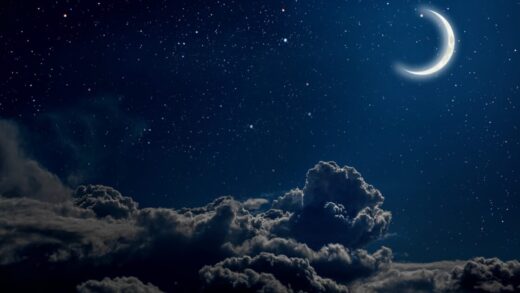NASA captures images of colliding galaxy clusters: Isn’t it Beyond Imagination?

Asteroids and meteoroids collision have now become comprehensive, and we have already become familiar with colliding galaxies, too. But, when we see unimaginably huge galaxy clusters themselves collide, how can we stay being perplexed and overjoyed with the event? Amazing! But NASA’s Chandra X-ray Observatory has really captured images of a pair of colliding galaxies.
What in reality is a Galaxy Cluster?
To understand this, we must first understand what a galaxy is.
Usually a galaxy consists of many star systems. The Milky Way is one such galaxy, and our solar system belongs to the Milky Way. Galaxies are classified on the basis of their appearance into four categories: ellipticals, spirals, barred spirals and irregulars. In the observable universe, there are nearly 100 billion galaxies.
Now as far as galaxy clusters are concerned, they are very closely packed-together galaxies. A cluster is a grouping of galaxies which are gravitationally bound to each other. Clusters can themselves group together into superclusters, and the largest of these is called the Great Wall.
A galaxy cluster contains hundreds of galaxies and can contain up to a thousand galaxies. The two largest known clusters are the CL0024+1754 at 570 million light years across, and the cluster Abell 1689 at 560 million light years across.
The Milky Way is part of the nearby Virgo Supercluster which is 500 million light years (150 Mpc) across.
Does a galaxy cluster have any center?
We have detected the center of a galaxy, which is called a black hole. But it’s still a mystery how the center of a galaxy cluster or supercluster comes about. Researchers have proposed a number of possible solutions to explain a cluster’s center.
One such solution is that the center of a galaxy cluster was once a massive black hole (with a mass close to six million suns). As time goes by, the black hole begins to collapse, and inevitably it will shrink into nothingness. It will appear as if there was no center in the first place. It’s known that there are dark matter clumps which can be up to 100 billion times more massive than our sun. In order for galaxies to maintain their spin and orbits, these clumps would need to exert an enormous gravitational force on matter in their vicinity.
However, latest theories proposes a totally different approach. According to it, all galaxy clusters are in fact very young galaxies. The large stars in these galaxies had already exploded long ago, hundreds of millions of years before they were observed. This will explain how their centers can be so massive, and why there is no center at all.
Galaxy Clusters Collide: Isn’t it Beyond Imagination?

Of course, both of the above theories may have some flaws. The postulated black holes are only a few solar masses in size, and the dark matter clumps may only be tens to hundreds of solar masses. As for the reason behind flying stars, it could be either that these highly evolved galaxies have very long lives- which is not unusual- or that these galaxies are old!
In such, one of the most mysterious phenomena and the most amazing event that we are fortunate to witness today is the collision of enormous galaxy clusters. The image of the wonderful event was taken by NASA’s Chandra X-ray Observatory, after a long observation of Abell 2146, a pair of colliding galaxy clusters located about 2.8 billion light years from Earth.
What happens when two galaxy clusters collide?
Galaxy clusters contain hundreds of galaxies and huge amounts of hot gas and dark matter and are among the largest structures in the universe. Collisions between galaxy clusters release enormous amounts of energy unlike anything witnessed since the big bang and provide scientists with physics laboratories that are unavailable here on Earth.
Moreover, galaxy cluster collisions are more common than astronomers thought; numerous galaxy clusters are in fact colliding with each other. In Abell 2146, we find two galaxy clusters, each weighing as much as a quadrillion suns (a million billion), moving at a million miles per hour and smashing together.
According to the latest observation, astronomers say, huge amounts of dark matter have been caught in the act of collapsing under its own gravity. The dark matter is compressed into a dense structure measuring only about three hundred thousand light years across. As for hot gas, it is most likely heated by shock waves from the merger and by high-energy particles accelerated in magnetic fields.
This image of the event will certainly help us to understand the most complex universal phenomena. It will also be a gold mine for astrophysicists as they may use it to explore the ways of the universe further.
Auto Amazon Links: No products found.


